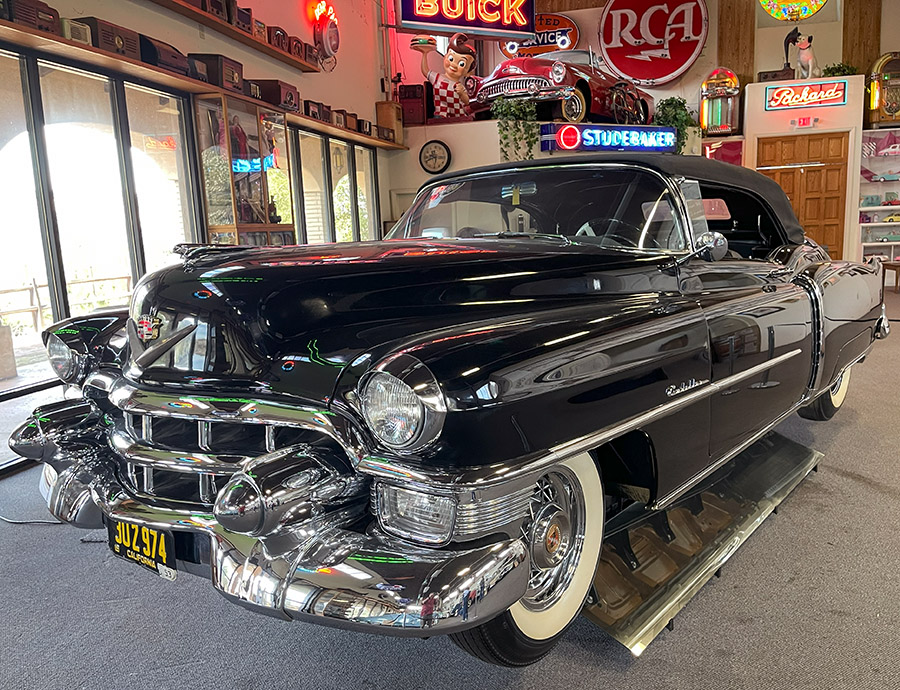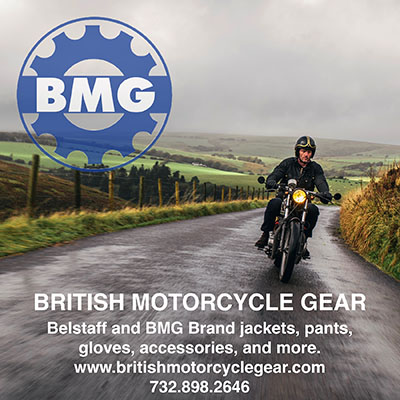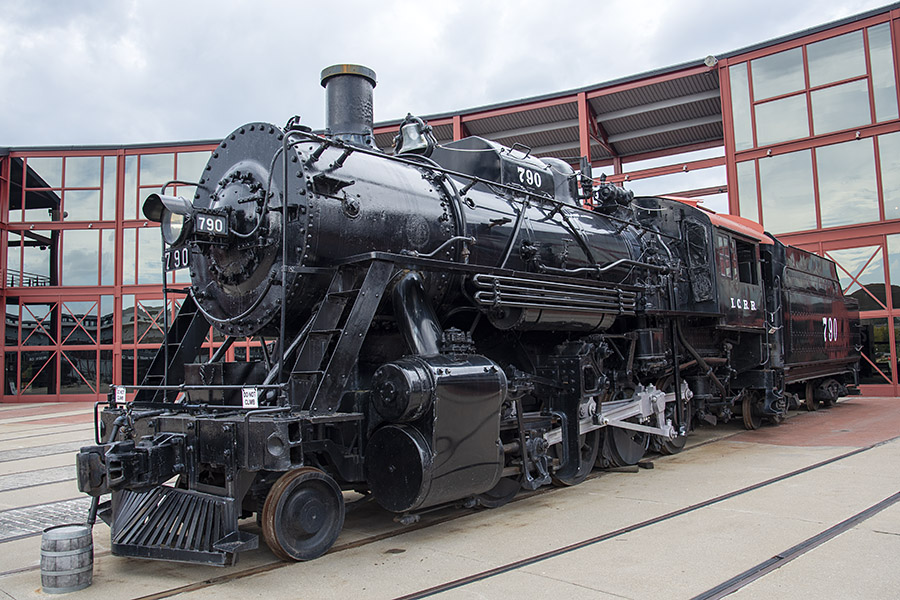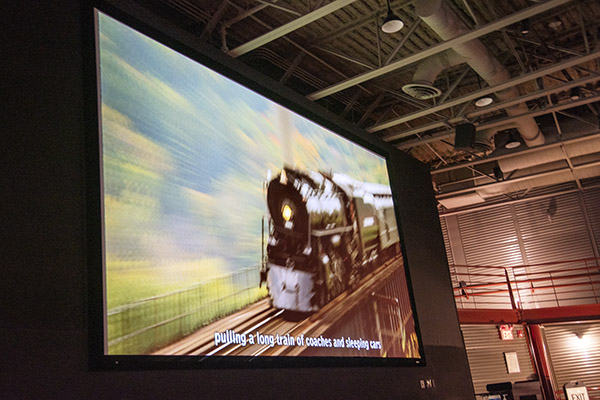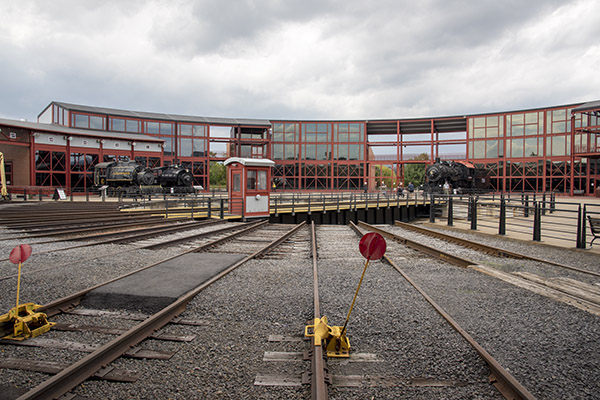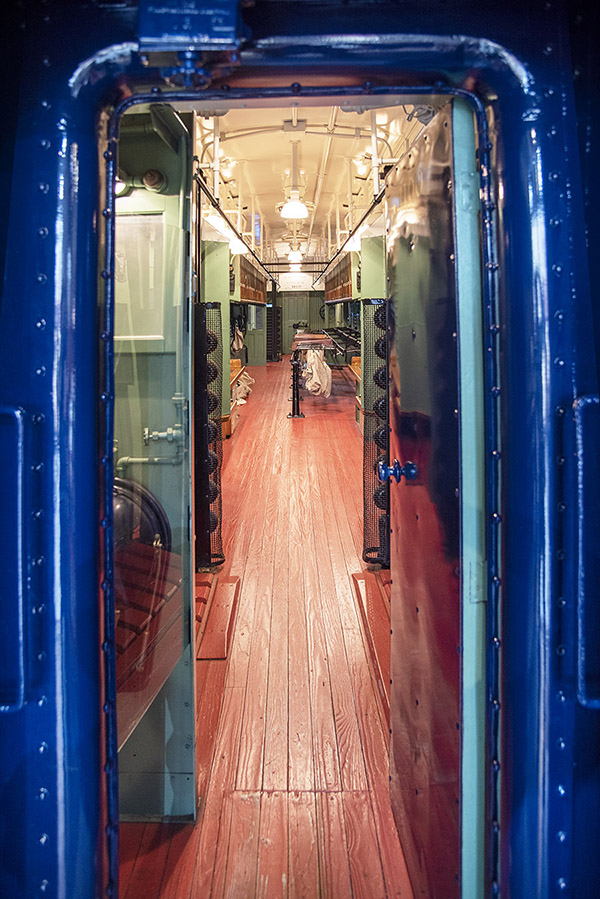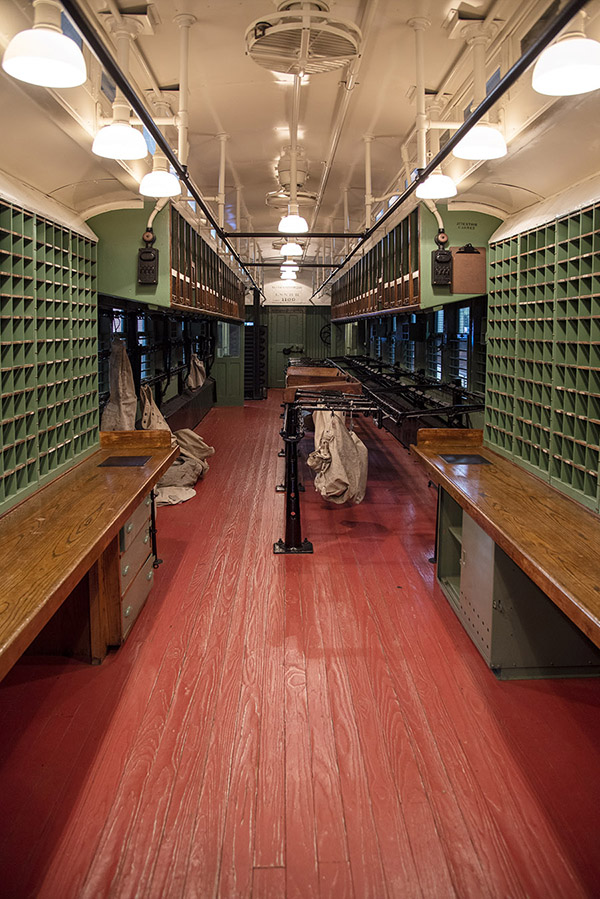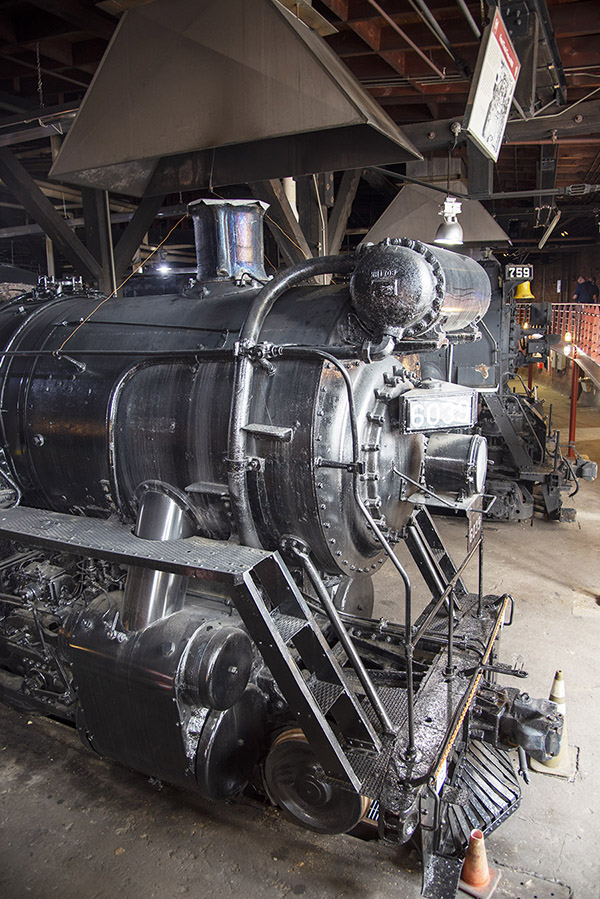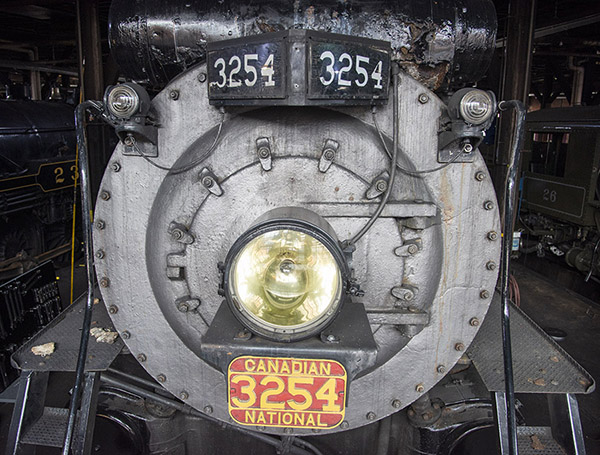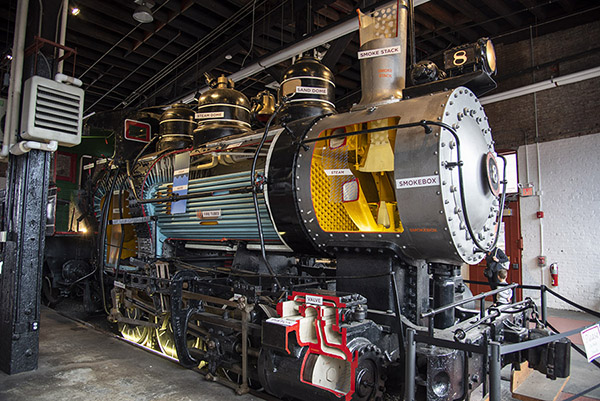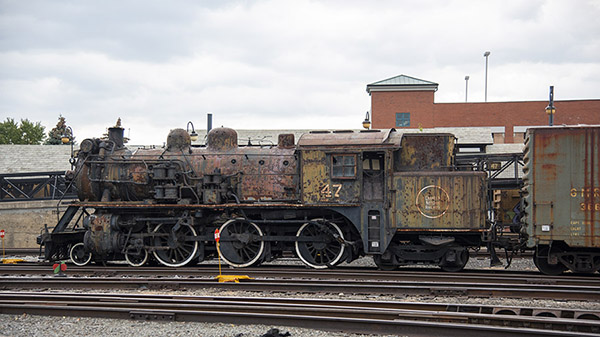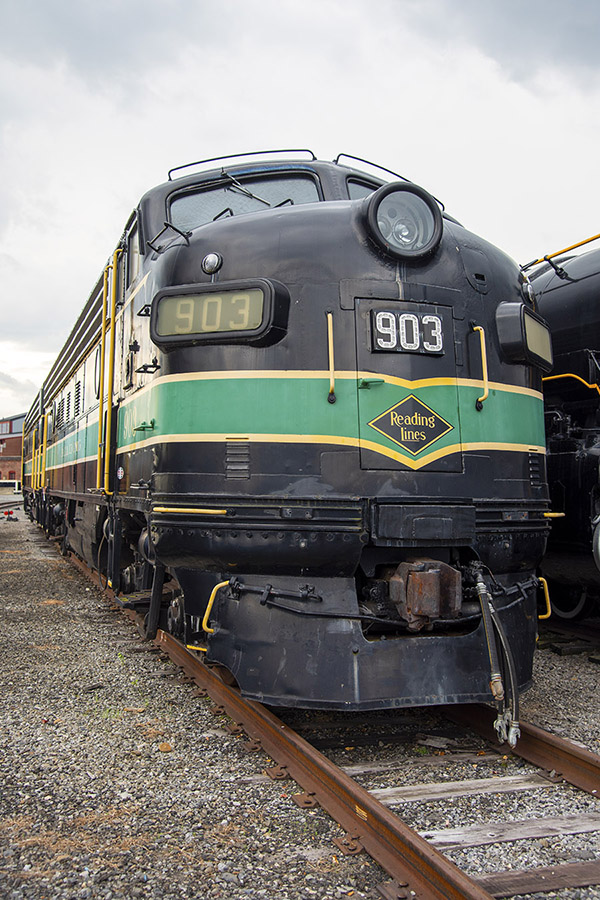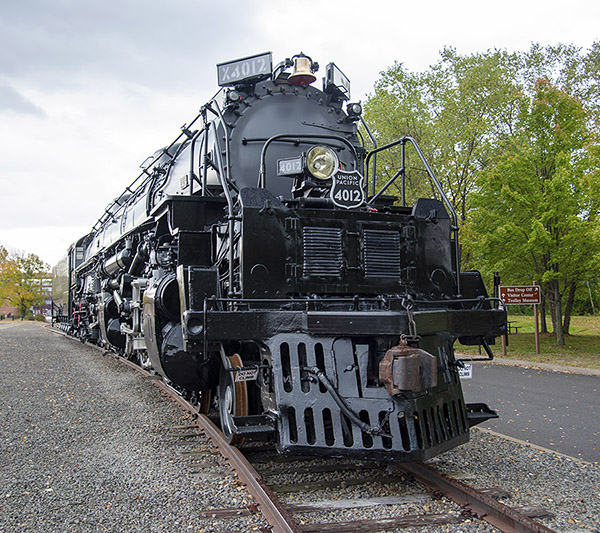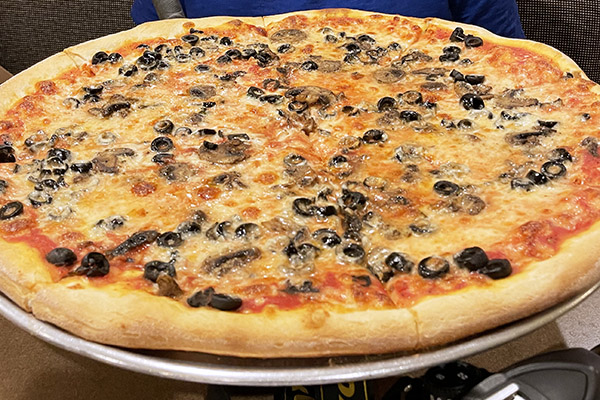By Joe Berk
My sister Eileen is a time-share person, and she frequently swaps places to stay with other time-share owners. She recently landed a suite of rooms at the Lawrence Welk Resort in Escondido, so she and Susie and I stayed there for a week. I didn’t realize this before our visit, but there’s a very cool winery and museum literally next door to the Welk resort. The entrance to the Deer Park Winery and Auto Museum is only a few feet away from the Welk resort entrance, so on our first day there we stopped for a visit and a wine tasting.
I was surprised. I had never heard of the Deer Park Winery and Auto Museum before, the collection was substantial, and there are even a few motorcycles (vintage Indians and a Harley, to be specific). Wow, this was going to be fun. I did not have my Nikon, so everything you see here I shot with my iPhone.
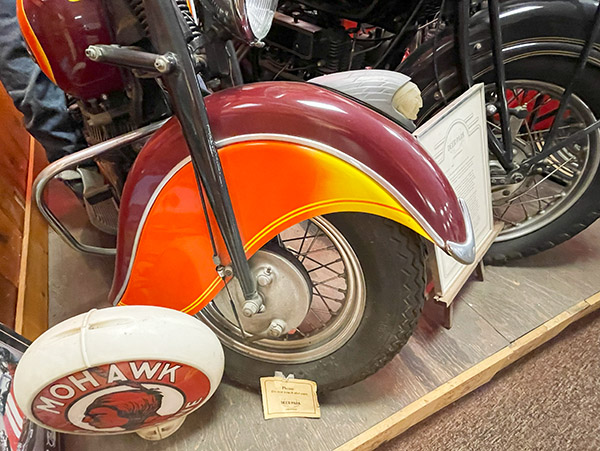
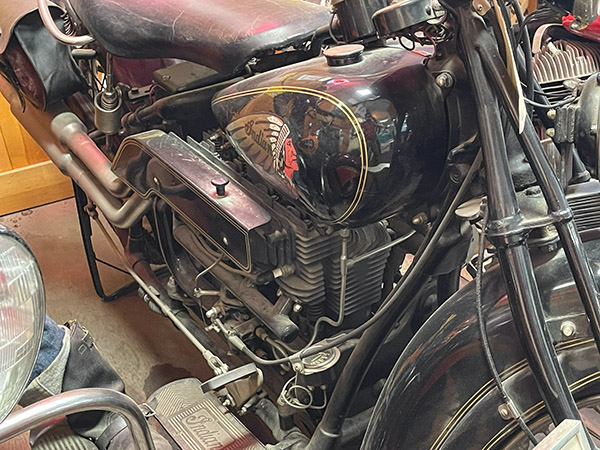
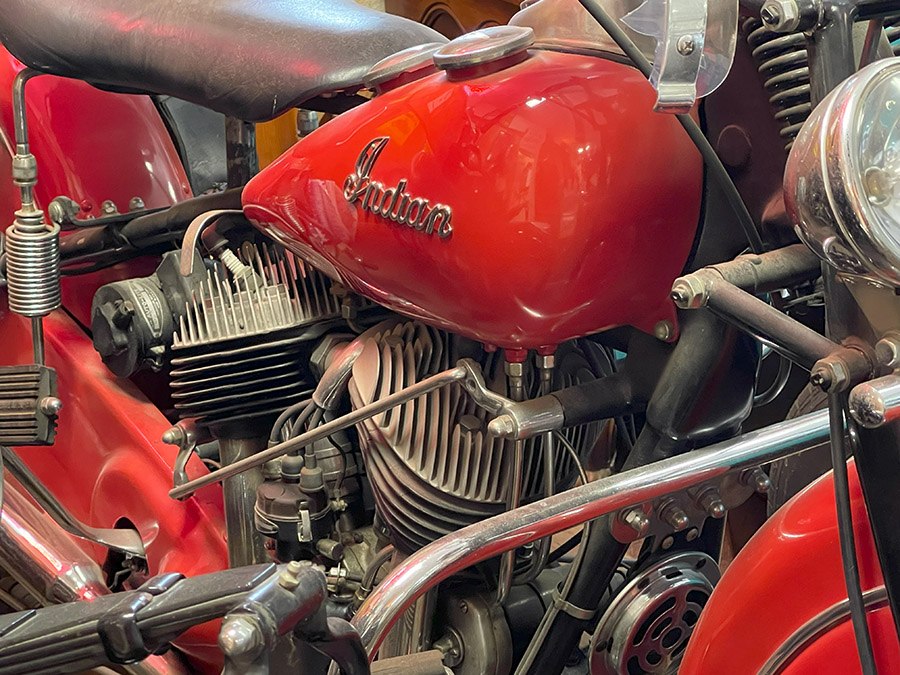
When we entered, I asked the guy at the counter if the Museum had a focus, and his answer was immediate: Convertibles. And boy oh boy, did they ever have an impressive collection.
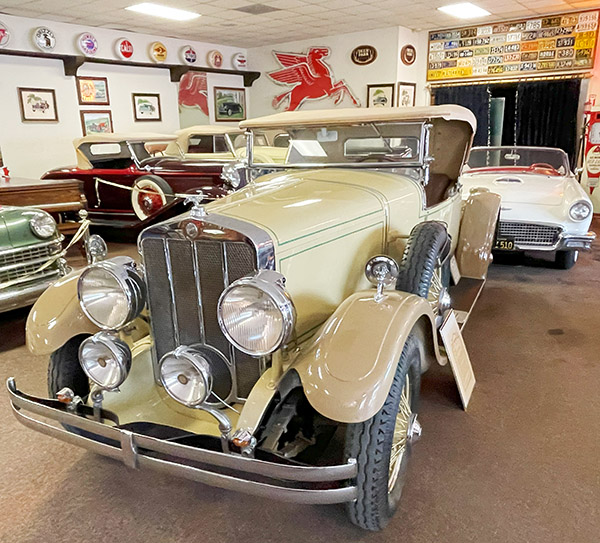
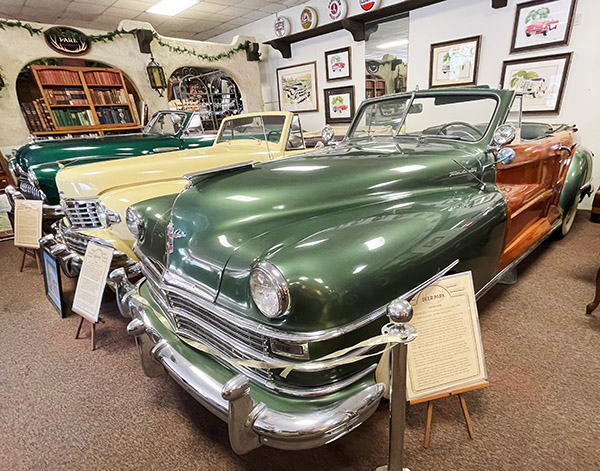
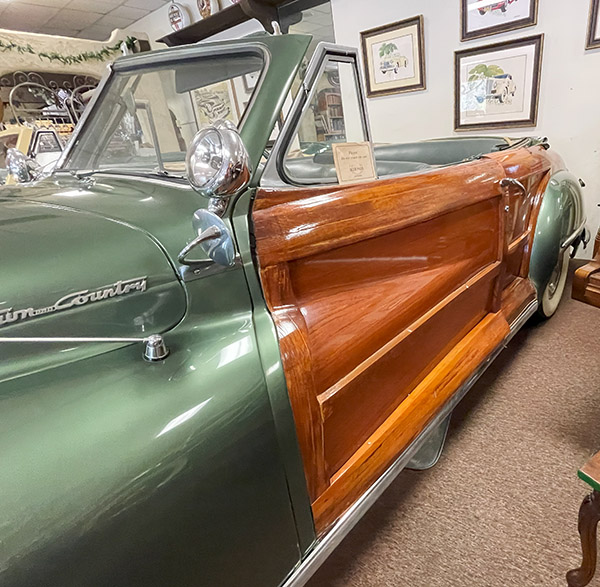
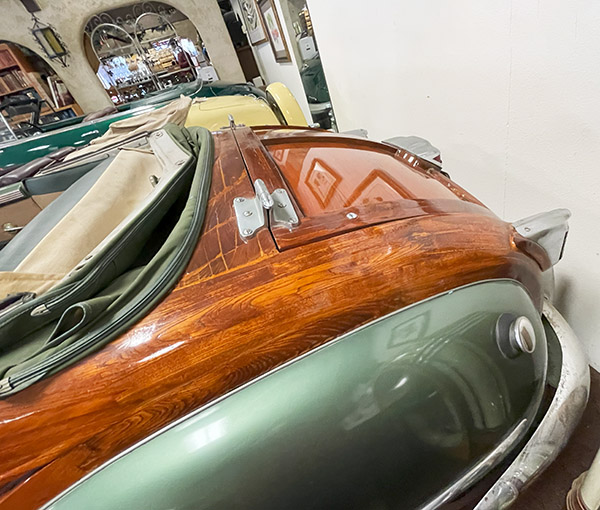
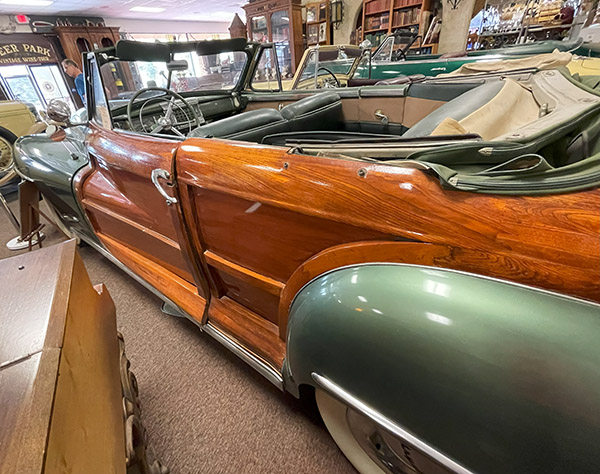
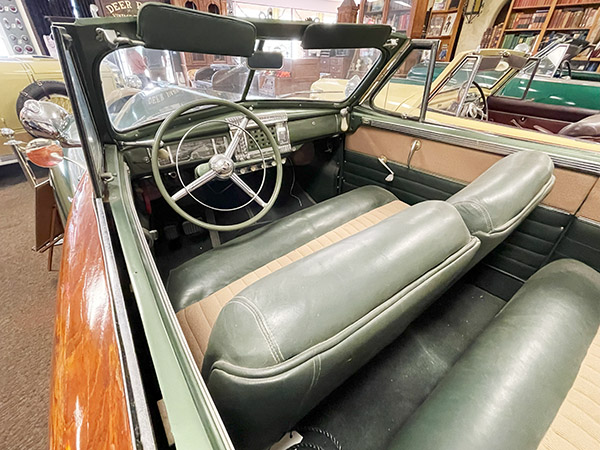
The Museum consists of three buildings that display over 100 cars. It starts with a collection in the main entrance building. After seeing it, walking a few feet down the sidewalk brought us to another display area, with a lot of cars parked side by side, crammed into sort of barn-like building. These were cars mostly from the 1950s and 1960s, and they were fun to take in. I think they are, for the most part, restored and repainted cars. I grew up in that era. Lincolns, Imperials, Buicks, and many more, and all were convertibles. A Pierce Arrow was just inside the entrance, parked in front of a 1950 Buick.

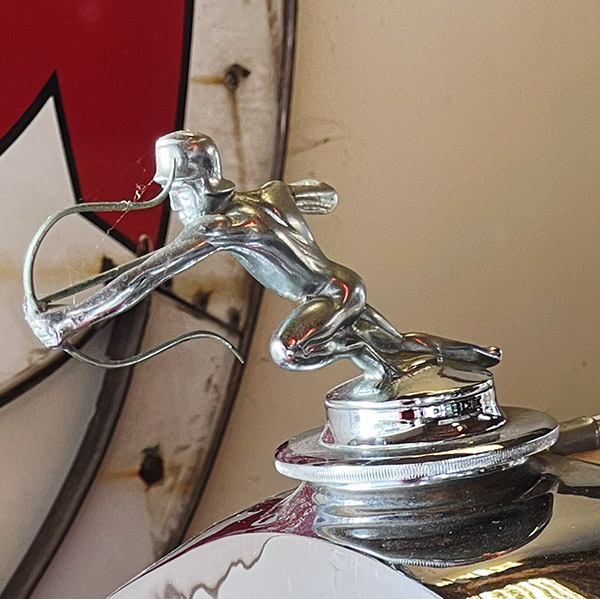
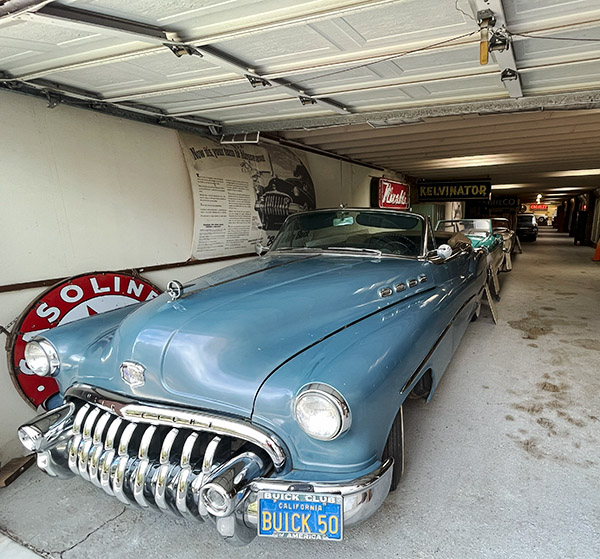
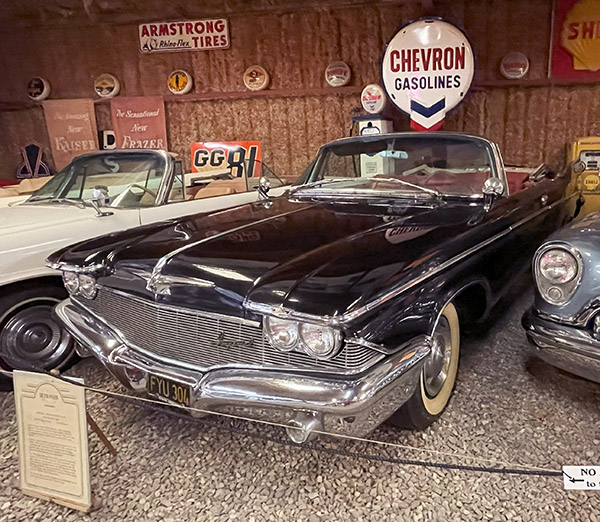
When walking from one building to the next, we saw other convertibles scattered around the grounds in unrestored condition. They were cool, too, wearing the patina you’d expect on cars that were new when guys like Eisenhower, Kennedy, and Johson were in the White House.
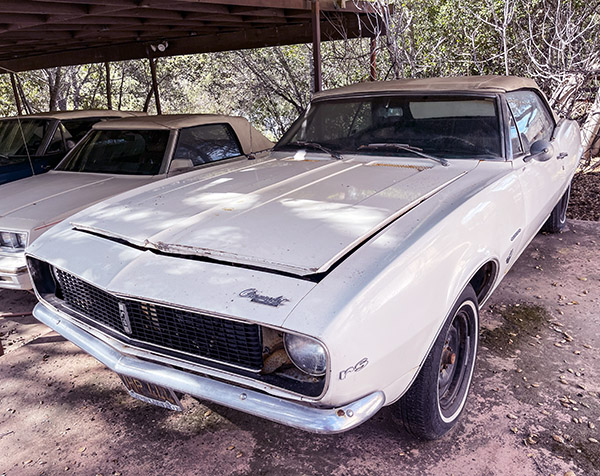
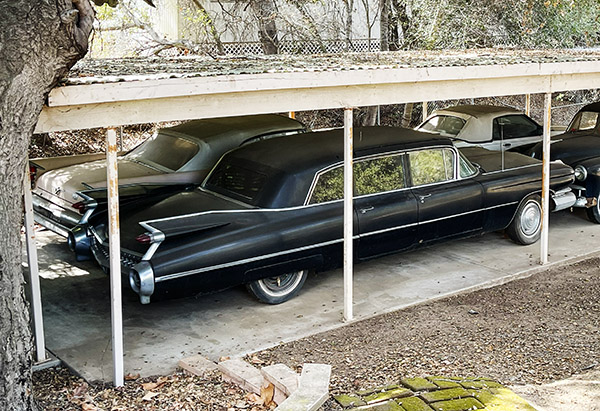
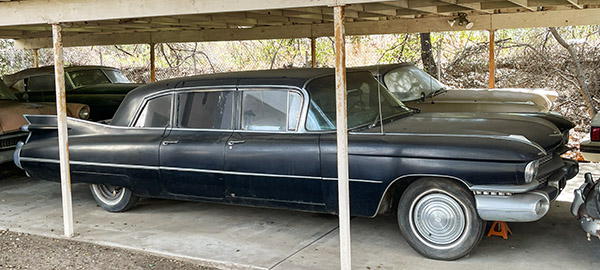
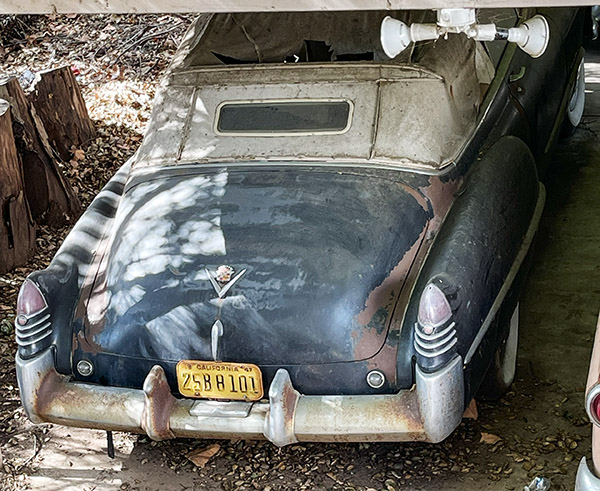
The entry building and the long barn-like building were interesting. The best part was yet to come, though. It was showroom on top of a hill. We made the trek up to that building, and I was blown away by an absolutely stunning 1953 Cadillac convertible in showroom condition. It’s the photo featured on top of this blog.
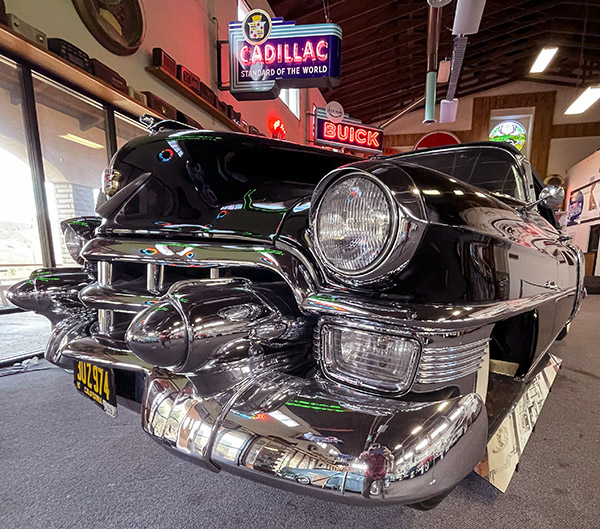
The Cadillac you see above was recovered from a fire. The restoration process was essentially a manufacturing venture. The car was stripped down to the frame, and then rebuilt with all new, hand-formed, hand-painted, hand-rubbed body panels. It is stunning. I want it.
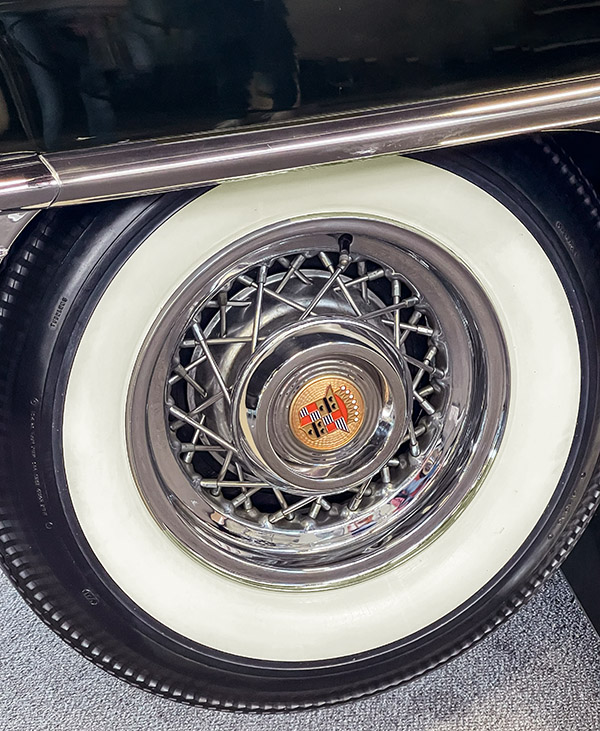
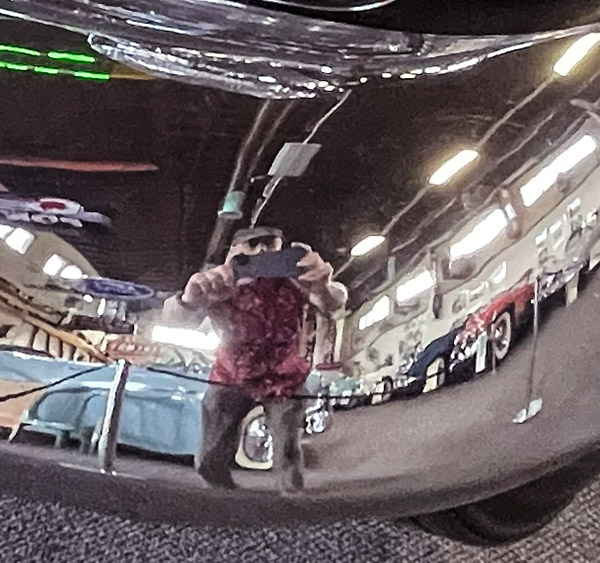
We enjoyed a leisurely walk down the steps to get back to the entrance building, where the Deer Park Winery and Museum offers wine tasting for a modest fee. The wine tastings include five varietals, which vary depending on the time of year (or, you can opt for six wines and select the ones you want). We went with the five wine option. They were all good and the tastings were not small. One was exceptional. That was a dessert wine that I believe would pair exceptionally will with a slice of carrot cake (I went to a sommelier presentation once many years ago, so I now consider myself an expert qualified to make such pairing suggestions).
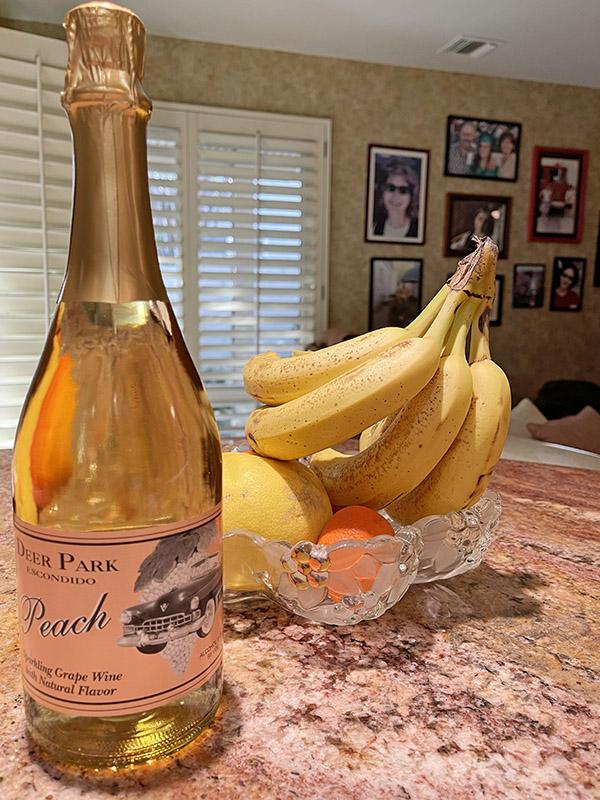
The Deer Park Winery and Auto Museum is located at 29013 Champagne Boulevard just north of Escondido, California (the phone number is (760) 749-1666. Tickets are reasonable at $14 (if you’re in the military or senior citizen you can get in for $12).
Join our Facebook ExNotes page!
Never miss an ExNotes blog:

